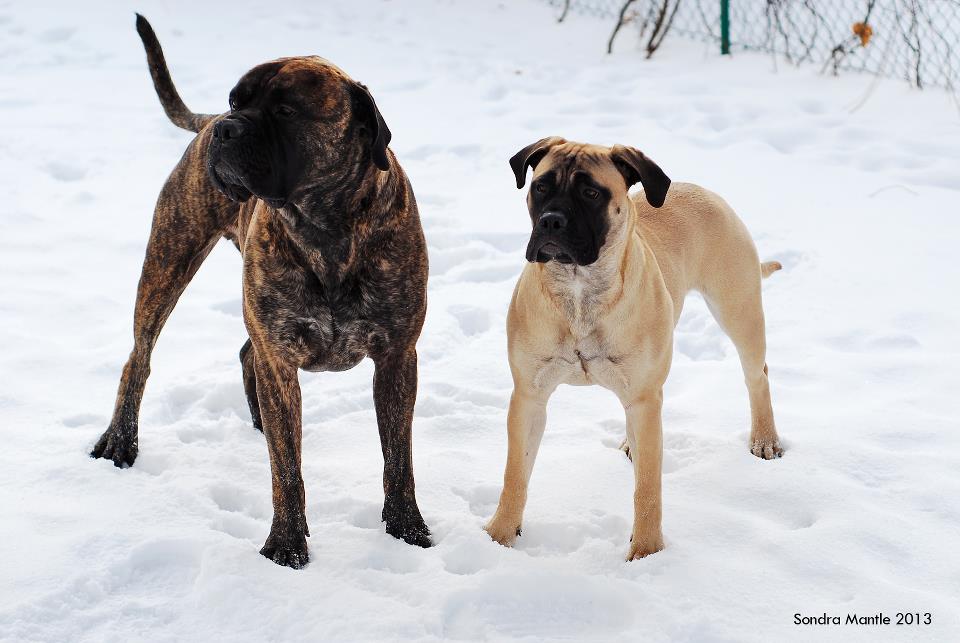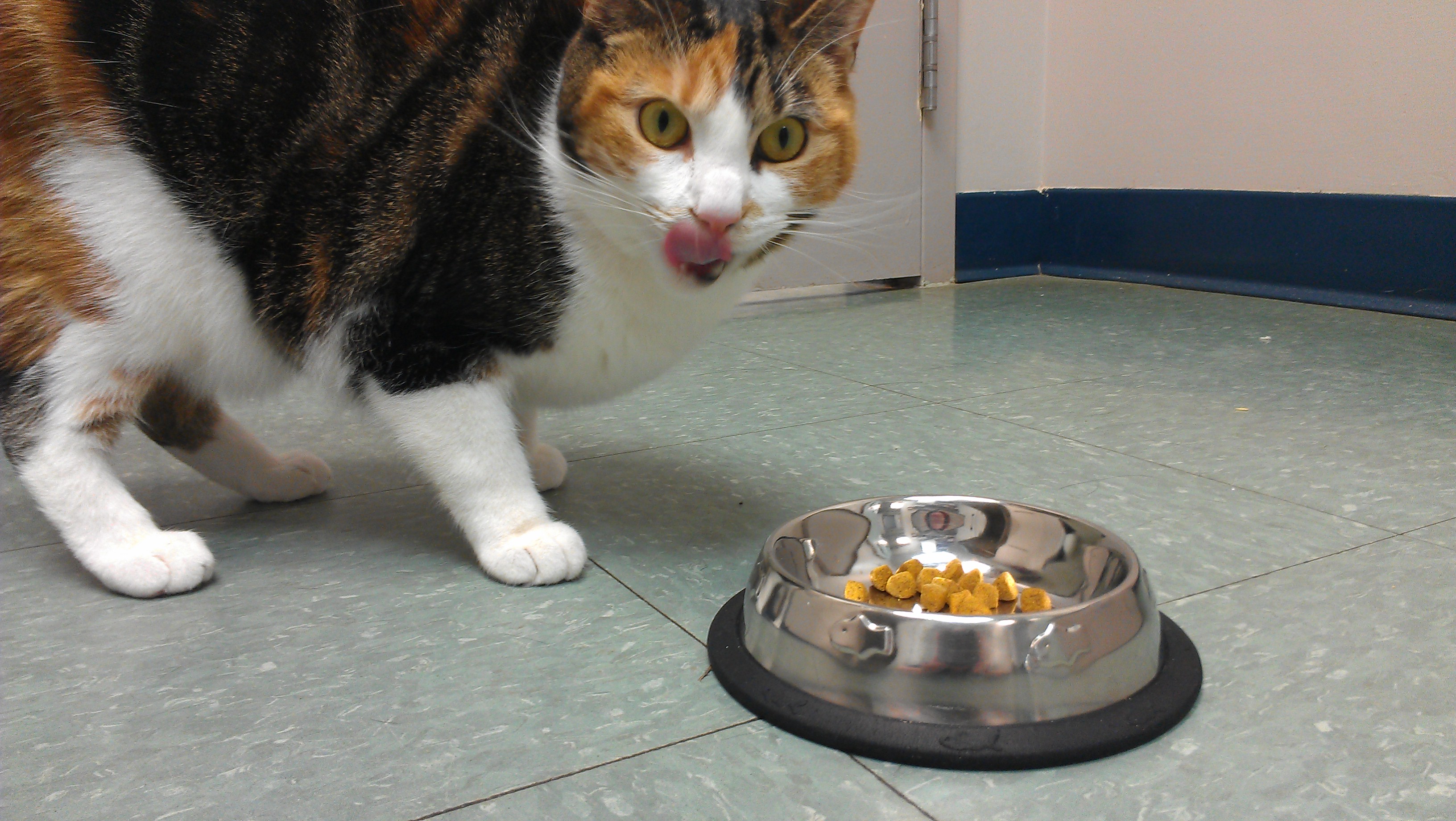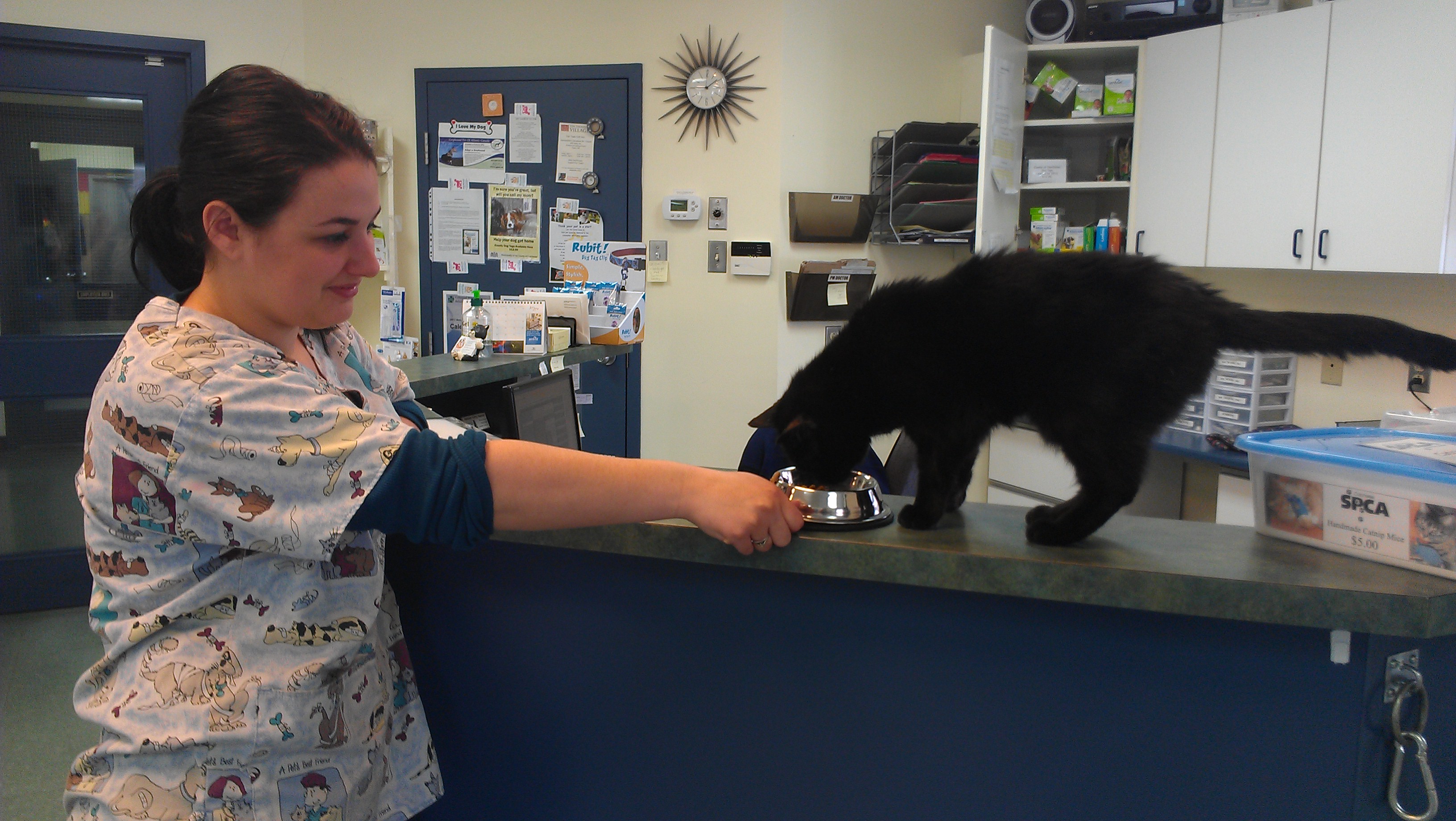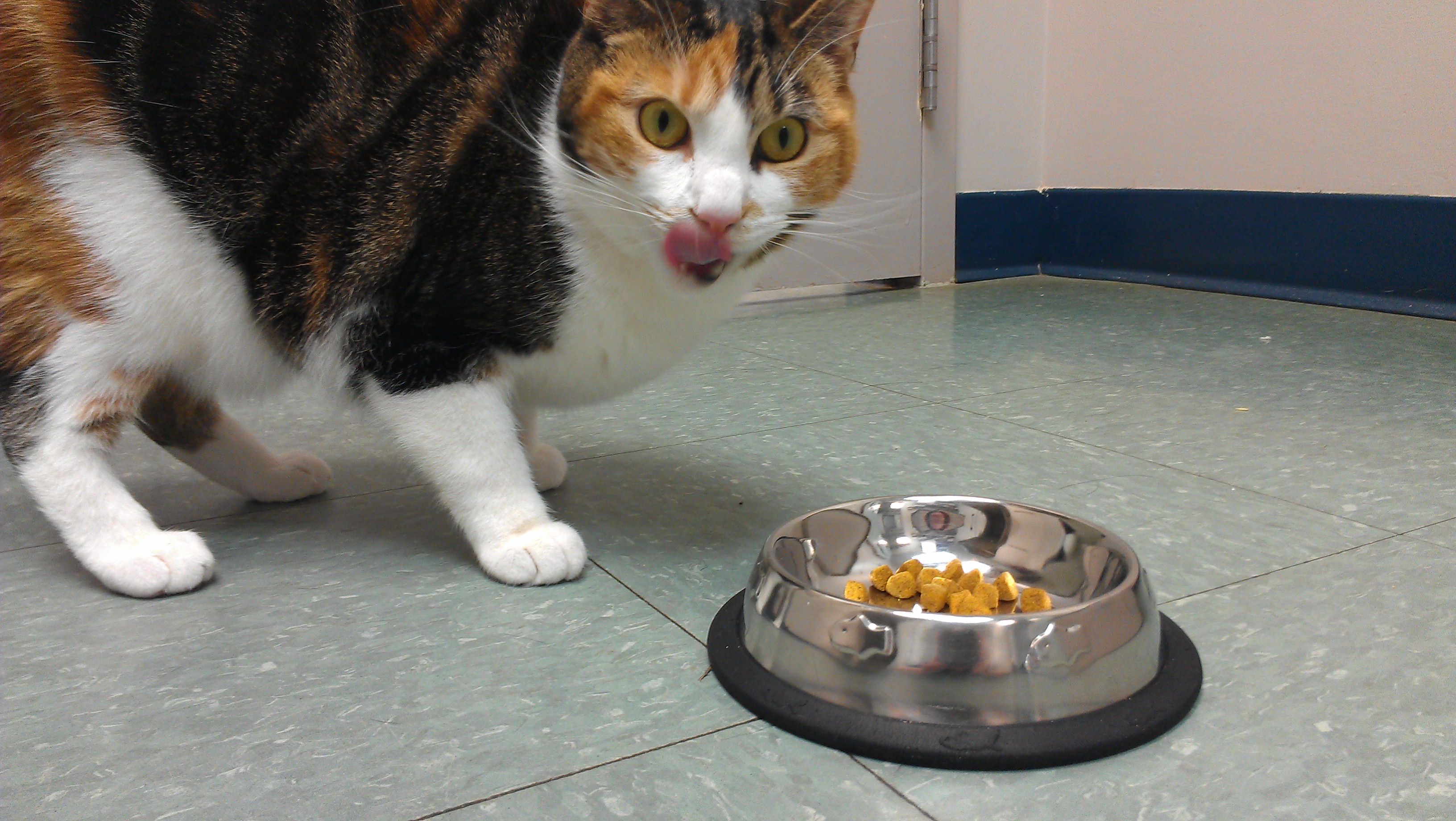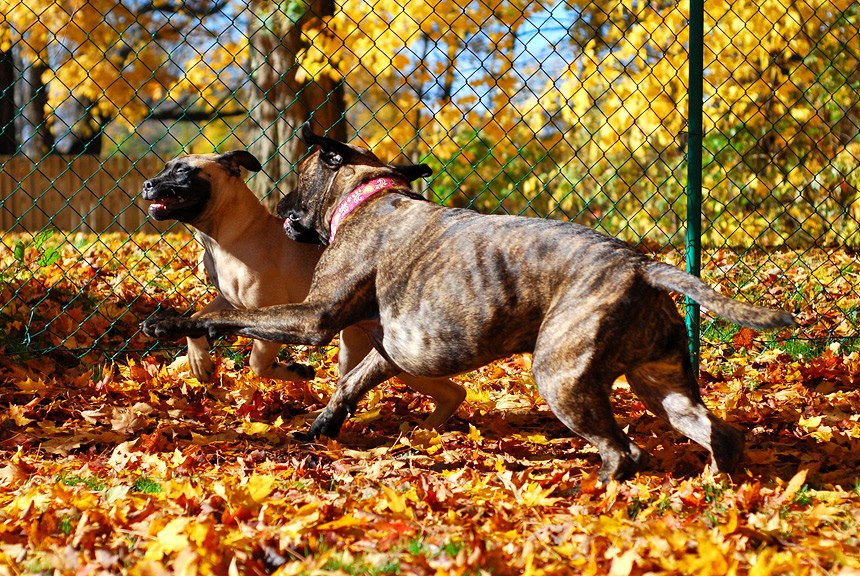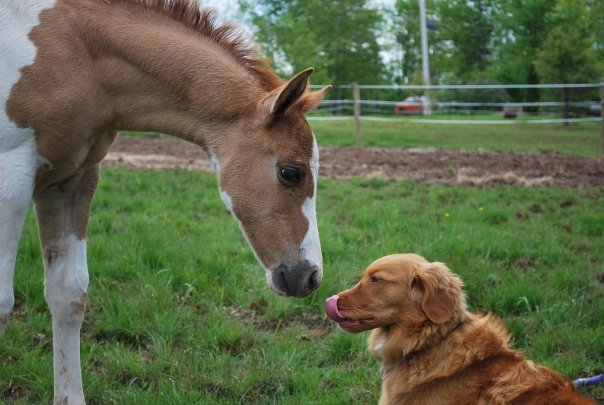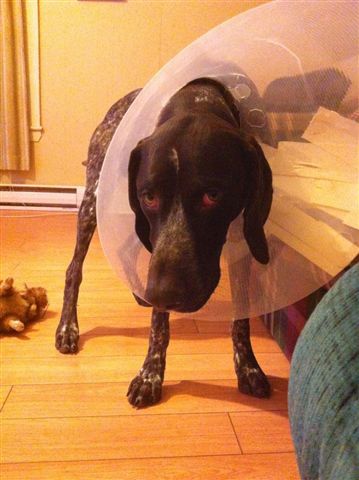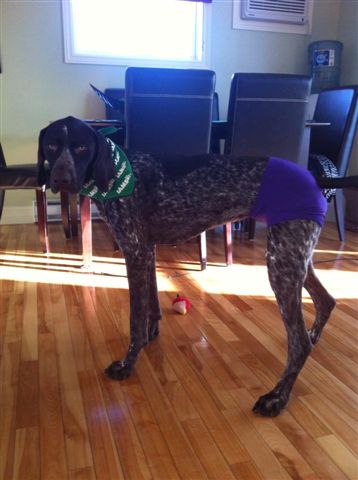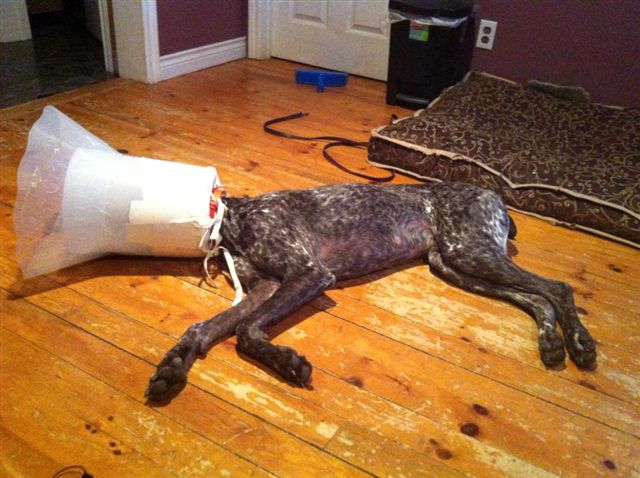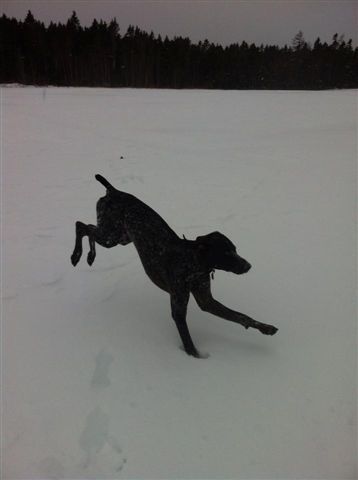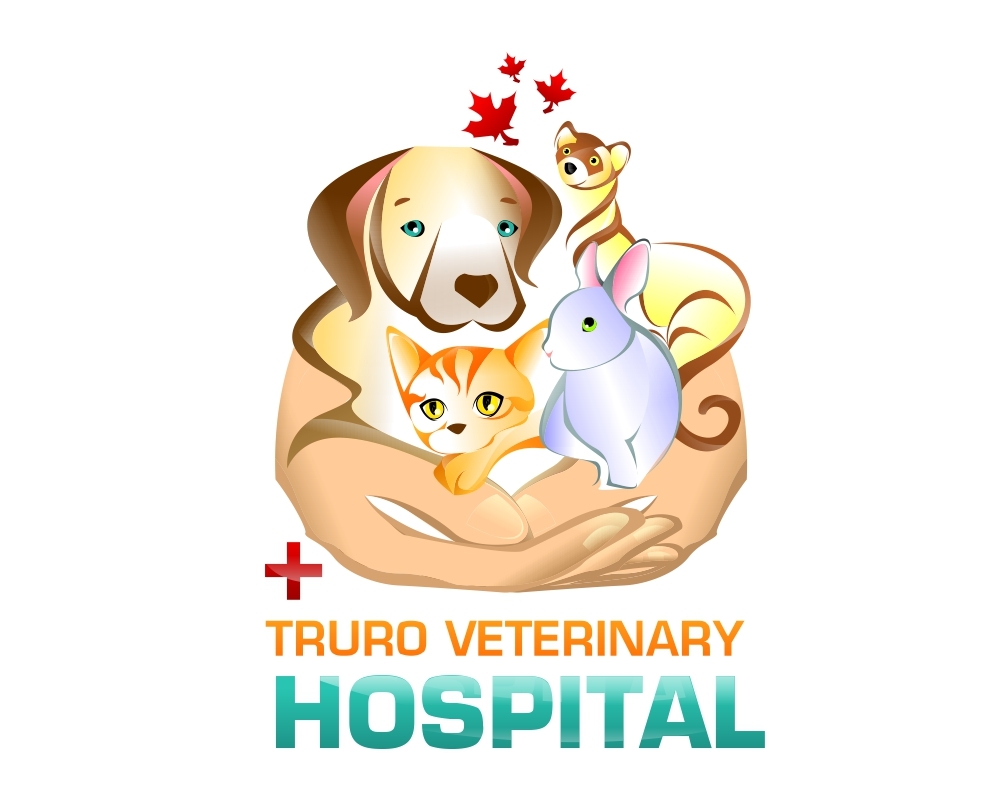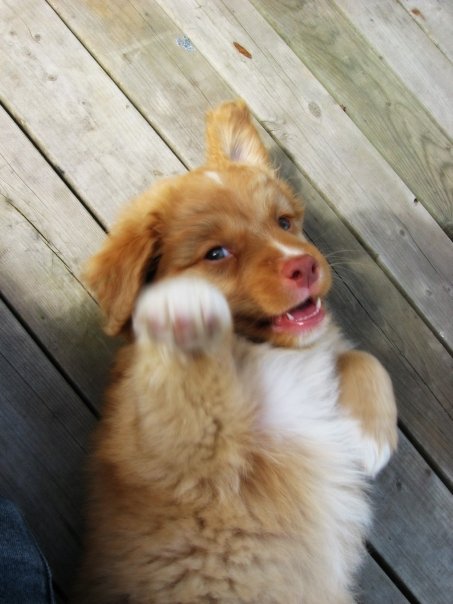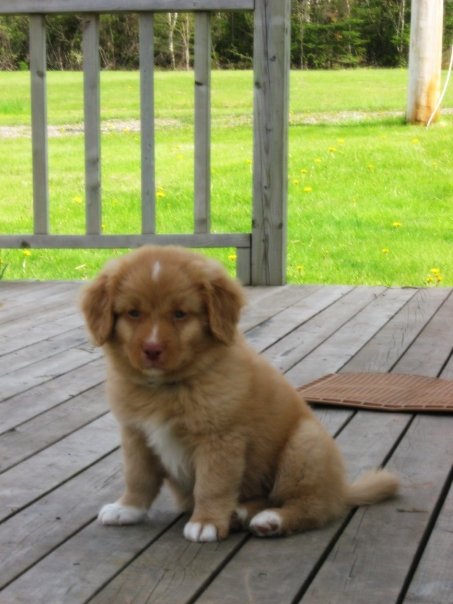Heartworm – Should You Be Worried?
Courtesy of: Dr. Melissa
Most of us visiting a veterinary clinic regularly are familiar with monthly parasite prevention for fleas, ticks and intestinal worms. These are bugs we often see on our pets, and it makes sense to prevent them! There are parasites that are more difficult to see however…and one of those is heartworm. Although heartworm disease is not common in our area, many parasite preventives are effective against it, and for good reason!
Heartworm infection happens when an infected mosquito bites a dog or cat and deposits larvae. These larvae become young adults, then migrate to the heart and pulmonary arteries. Mature female worms release larvae (microfilariae) into the bloodstream which are then picked up by more mosquitoes. It takes 6-7 months for this process to occur. Areas with warm climates (ie. more mosquitoes) pose a much higher risk to pets, especially in the summer months. It is endemic (very common) in the Gulf of Mexico, the Atlantic coastline, the Mississippi River, Australia, Japan and the Mediterranean. Male outdoor dogs and sporting breeds are more prone to infection because of higher exposure to mosquitoes. Although cats can be infected with heartworm, they are more resistant to the disease.
Most pets with heartworm show no symptoms, which means the only way to know is to test for it. With a small blood sample, we can test for heartworm in our hospital in 10-15 minutes. More specialized tests are needed in some cases. Once the disease is mature and has progressed symptoms include coughing, exercise intolerance, weight loss, and collapse. Heartworm disease can be life threatening, eventually causing right-sided heart failure.
It is much easier to prevent heartworm than treat for it. Treatment is expensive with the potential for serious side effects, and permanent lung damage from the disease is common.
Animals in our area most at risk for heartworm infection are those who come from or travel to temperate climates. For example, getting a dog from a rescue group in an area with heartworm, or traveling to Florida for the winter. These pets should be on monthly preventives for heartworm, especially while traveling and for two months when they return home. A heartworm test should be done each spring, especially if you have missed doses of medication.
If you have any questions regarding heartworm disease or parasite prevention in general, please call us at 893-2341!



